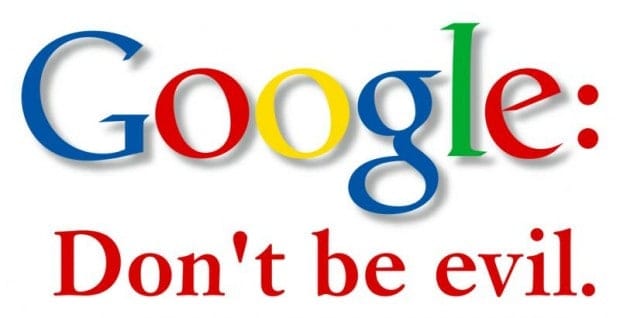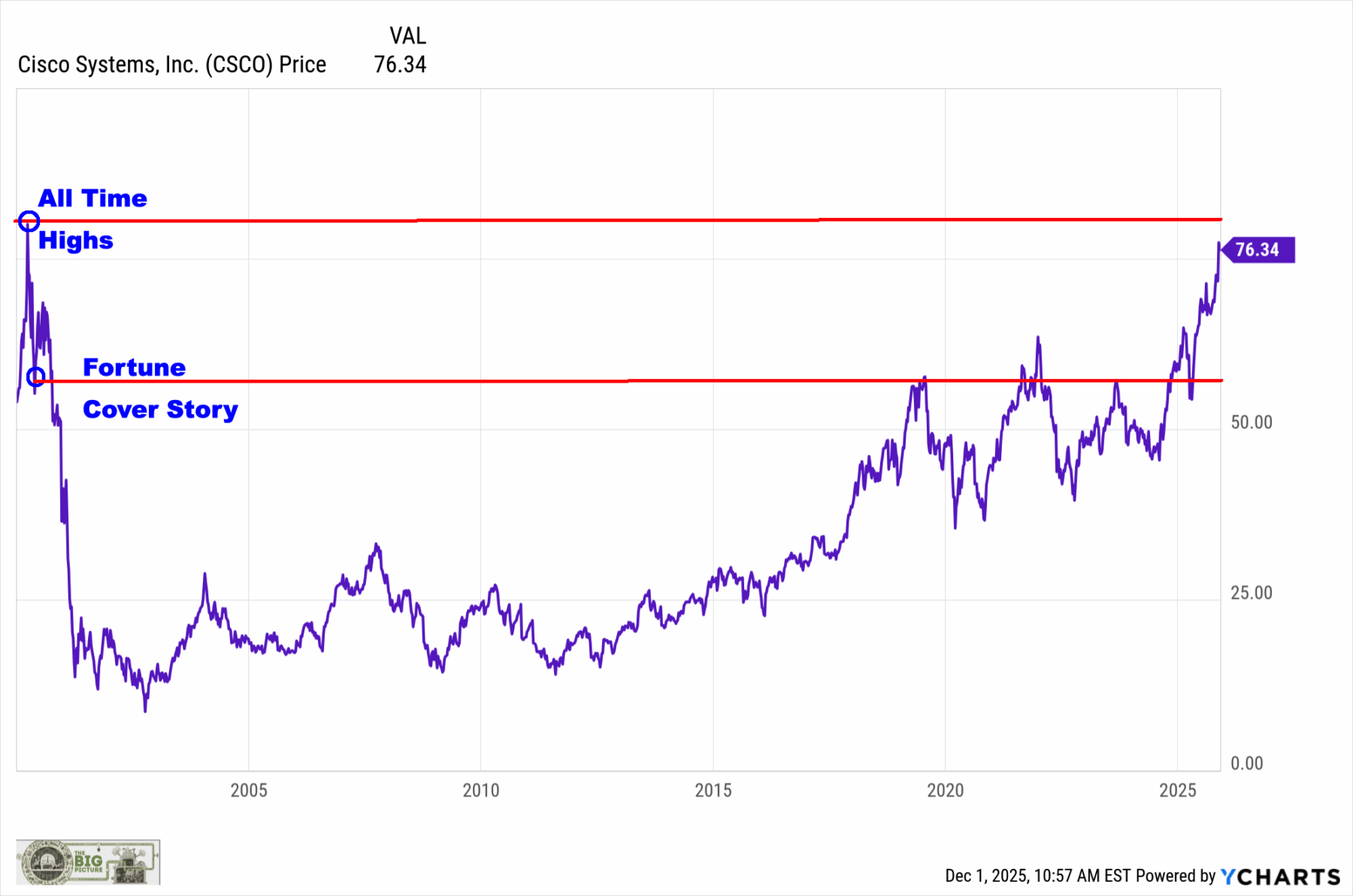And a personal story.
Peltzman’s second major contribution to the understanding of the unintended effects of regulation was his 1975 study of the effects on traffic safety of a slew of US National Highway Traffic Safety Administration regulations on the design of cars. In the mid to late 1960s, the federal government made a number of safety features mandatory. These included seat belts for all occupants, an energy-absorbing steering column, a penetration-resistant windshield, a dual braking system, and a padded instrument panel. In his study, Peltzman stated that the goal of the mandates was to reduce traffic fatalities and serious injuries sustained as a consequence of vehicle accidents. But he found something different. Fatalities were not reduced at all. Instead, deaths of vehicle occupants fell but those of pedestrians and motorcycle drivers rose. Peltzman’s tentative explanation was that by reducing the probability of being killed in a given accident, the mandates caused drivers to drive more “intensely.” His finding became so well known that economists started referring to the “Peltzman effect.” Later studies found that drivers with anti-lock brakes tended to follow the cars in front of them more closely. A 2010 study of NASCAR accidents found that the “mandated use of a head-and-neck- restraint system has almost completely eliminated serious driver injury, while simultaneously increasing the number of accidents per race” (Pope and Robert D. Tollison, 2010).
This is from David R. Henderson and Steven Globerman, The Essential UCLA School of Economics, Fraser Institute, 2021.
Here’s a good definition of the “Peltzman effect:”
According to the Peltzman Effect, when safety measures are implemented, people’s perception of risk decreases, and so people may feel that they can now afford to make riskier decisions. As a result, the phenomenon predicts that mandatory safety measures actually experience a lower benefit than we would expect, because the safety benefits brought about by these measures are offset to some extent by increases in risky behavior.
This is from “The Peltzman Effect,” The Decision Lab.
By the way, I attended the UCLA workshop where Sam first presented his results. I don’t recall Sam ever saying that the benefits were lower than we would expect. I actually tried, in questioning him, to address that. My argument at the time was that if you get to drive more intensely, that is a benefit. For one thing, it saves time. We don’t measure costs and benefits just by looking at fatalities and injuries. Sam was focused on whether the legislation achieved its goal; he was not doing a cost/benefit analysis.
Notice what the definition above doesn’t say. It doesn’t say that the offsetting behavior will always be large enough that it will completely leave injuries and/or fatalities unaffected. It says simply that there will be offsetting behavior. It’s actually an application of the law of demand: when the price of something falls, we buy more of it. To take an imperfect analogy, nothing in the law of demand says that when the price of something falls, we would buy so much more of it that we would spend more; that would require that our demand be elastic at the pre-existing price.
I’m writing this to respond to some of the skepticism that commenters expressed on a recent blog post by my EconLog colleague Benjamin Seevers. That skepticism seemed to carry over into even questioning whether there was any offsetting behavior.
So here’s a true story I told my Naval Postgraduate School students years ago when I covered this issue and met with skepticism.
In the early 1990s, my wife, daughter, and I were driving at the start of a vacation. I was driving my wife’s 1990 Camry wagon at about 65 to 70 mph in a 65 mph zone. My daughter, who was about 7, was sitting in the back. She realized that she had packed a book she wanted to read in a suitcase in the trunk. If she were to unlock her seatbelt, she could reach back and get it. She asked permission to do so. My wife and I consulted briefly and decided that she could but that I should drive “less intensely.” So I slowed to 55 mph and looked around even more hawkishly than was my wont.
Many of the students had an “aha” moment. They could imagine themselves doing the same thing. With less internal security, I compensated with my driving behavior.
Personal note: I was lucky enough to take Sam Peltzman’s 2-quarter sequence in Industrial Organization at UCLA in my first year there and Sam’s last year there. It was one of the 5 or 6 best experiences of my time there.
















